In the peak of Liquefied Petroleum Gas (LPG) usage, consumer safety takes a vital role. Below, we outline a set of meticulous guidelines suggested by the Guide to Good Industry Practices LPG Consumer Safety by the World LPG Association, to guarantee a secure experience:
Dos
- Display safety and operating notices in the local language, incorporating cartoons and diagrams to accommodate varying literacy levels.
- Change or store cylinders away from naked flames or ignition sources.
- Store LPG cylinders outdoors in a well-ventilated area.
- Transport cylinders upright with care and attention.
- Regularly inspect LPG equipment for leaks using soapy water, noting bubbles, smell, or a hissing noise.
- Consider replacing regulators older than five years.
- Always replace safety caps/plugs when the cylinder is empty or not in use.
- Regularly check hoses for damage; replace if showing signs of wear, ensuring proper securing with hose clips.
Don’ts
- Avoid storing LPG cylinders indoors, including garages, vehicles, sheds, or under the house.
- Do not drop cylinders, as this can cause damage to the cylinder and valve.
- Avoid rolling cylinders on their side.
- Never lay LPG cylinders on their side or upside down, even when empty.
- Don’t store LPG cylinders near an ignition source or exposed to heat.
- Limit the storage of LPG cylinders in a vehicle to no more than two.
- Never use a naked flame to detect leaks.
- Avoid using tools to operate cylinder valves.
Adherence to these comprehensive guidelines fosters a culture of safety and responsible LPG usage. It is imperative to always comply with local laws and regulations, as they supersede these guidelines. Incorporating these practices into everyday LPG handling and usage prioritizes consumer safety.
For more information visit World LPG Association. (2021). Good Industry Practices. WLPGA
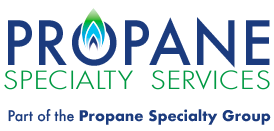

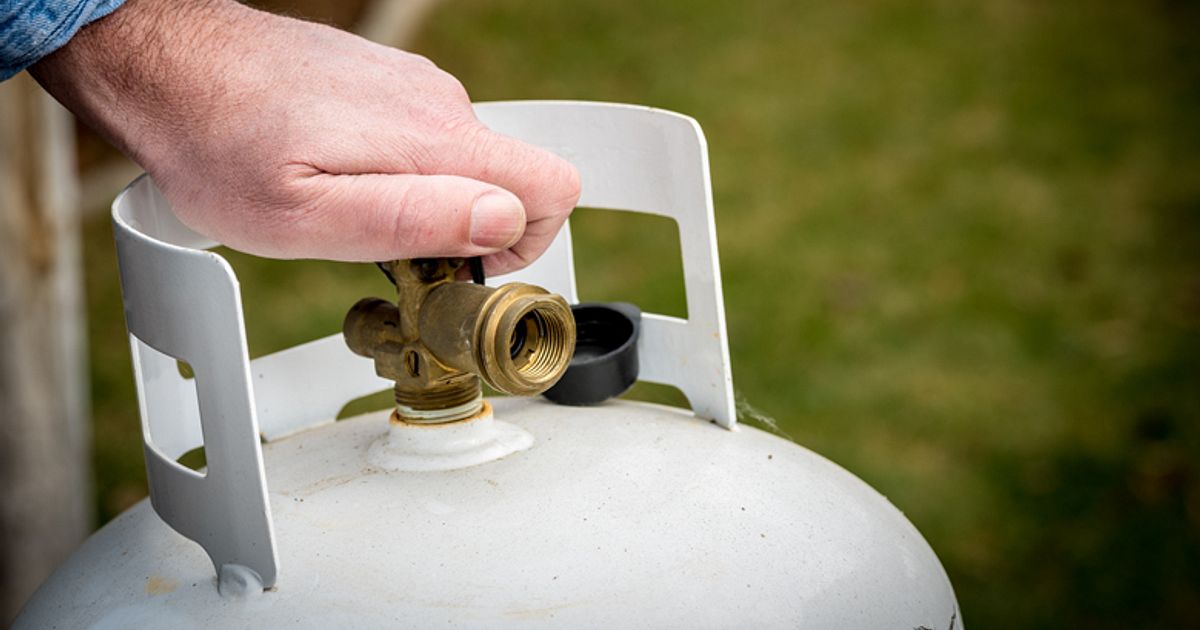
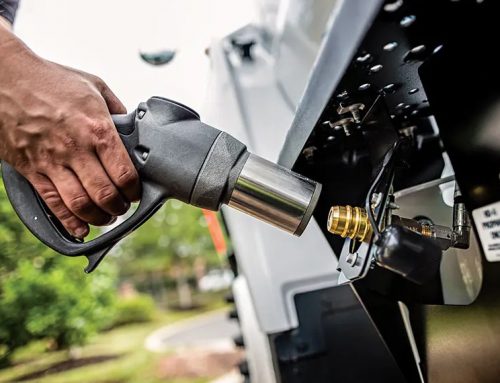
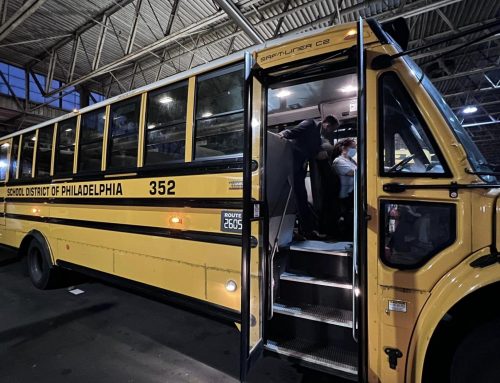
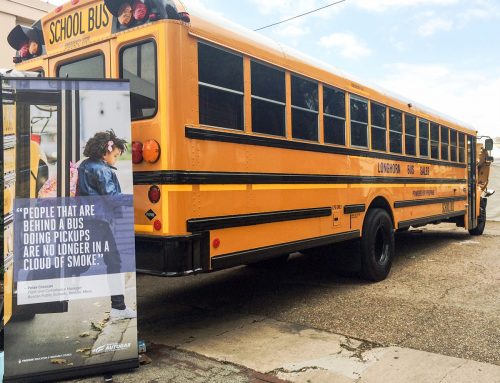
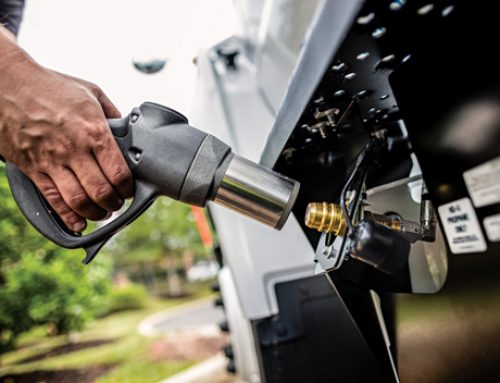
Leave A Comment